6. Manhunter (1986)
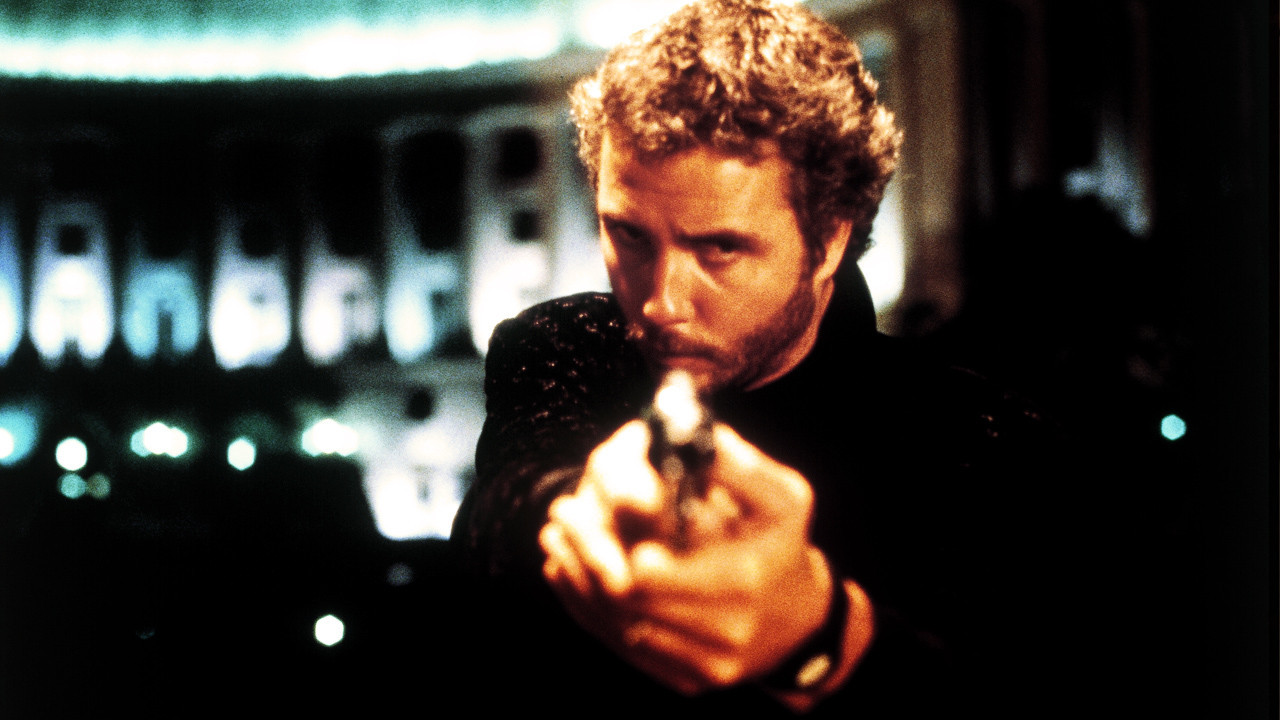
One of the biggest themes of David Fincher’s thrillers is the unique relationship between hunter and hunted, detective and psychopath. From Se7en, Zodiac and his recent television series, Mindhunter, Fincher has always been fascinated by the inescapable bond that links both, while also picking the brains of his serial killers in order to crack down the ideological incentive behind their barbaric crimes.
From the hands of one of the greats in the genre, Michael Mann, comes this adaptation of Thomas Harris’ Red Dragon, a movie that is often swept under the rug compared to its cinematic sequel, The Silence of The Lambs. Manhunter addresses the cyclical conundrum that marks every crime investigation; to catch your killer you must think like him, and both detective and killer are forever linked together and feeding off each other. There’s an inevitable symbiosis in that detectives need killers to carry out their work, and more importantly, need to adopt and mimic their thought-process and behavior, threading together their set of clues through fabricated narratives.
Fincher has cited Manhunter as one of the main influences when crafting his own agonizing procedural in Se7en, and as far as deranged antagonists go, it isn’t hard to imagine John Doe and Hannibal Lecter hitting it off.
7. Memories of Murder (2003)
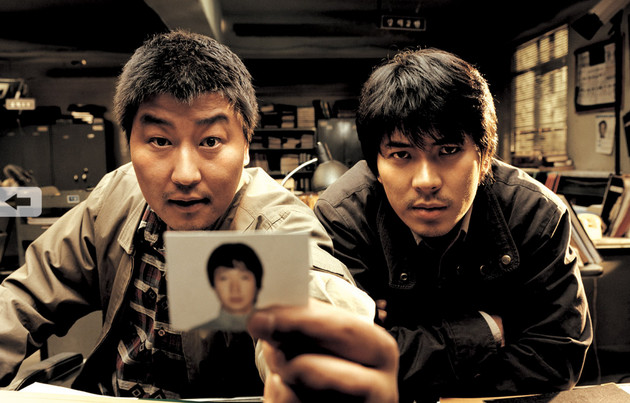
Long before he took the world by storm with Parasite, South Korean director Bong Joon-ho burst into scene with this gripping thriller following the investigation of a string of serial killings that desolated the country in the 80’s.
In a similar way to Fincher’s Se7en and Zodiac, this film proves to be as interested in solving the murder at hand as in examining the steep psychological toll inflicted by it not only on the task force but on an entire nation. Lack of closure is the ultimate punishment, an unbearable reality that multiplies the agony of the main three cops who in turn, resort to every dirty trick in the bag to hunt down their culprit.
From a narrative standpoint, it’s impossible not to draw parallels between Zodiac’s excruciating investigation and the one chronicled in Memories of Murder, especially given the real-life implications of an elusive perverse killer that drew heavy national coverage. As two movies often pitched against each other, Fincher certainly took some cues from Bong’s masterful atmosphere, methodical procedure and dreadful mood when coming up with his own.
8. Klute (1971)
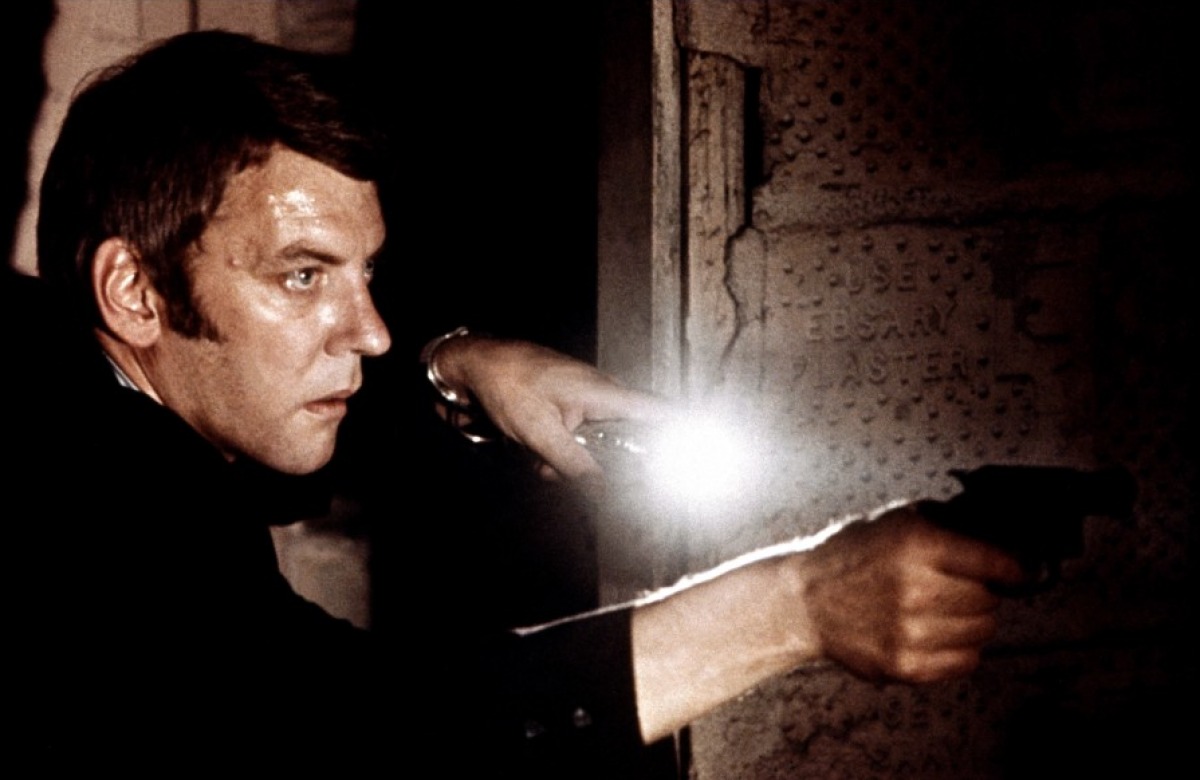
Once again, another movie by Alan Pakula sneaks its way into Fincher’s list. This time around, it’s Klute, the first entry of his Paranoia Trilogy. The movie is titled after John Klute, a detective tasked with following a New York City call girl after the disappearance of a business executive. But despite the movie’s title, Jane Fonda steals the show as Bree Daniels, emerging as the strongest character by far while the couple try to unravel the mystery before it’s too late.
What is it with Pakula’s 70’s output that was so integral in shaping David Fincher’s style? If there’s anything about this tale of murder set in New York’s underworld, it’s the bleak atmosphere that shrouds the whole story. Empty alleys soaked in rain, filthy sewers and shadowy streets… By any means, Klute paints a dark, gritty world driven by danger and wickedness. David Fincher claims he and cinematographer Darius Khondji thoroughly looked at Pakula’s thriller for inspiration while figuring out the visual style and aesthetic for Se7en.
9. After Hours (1985)
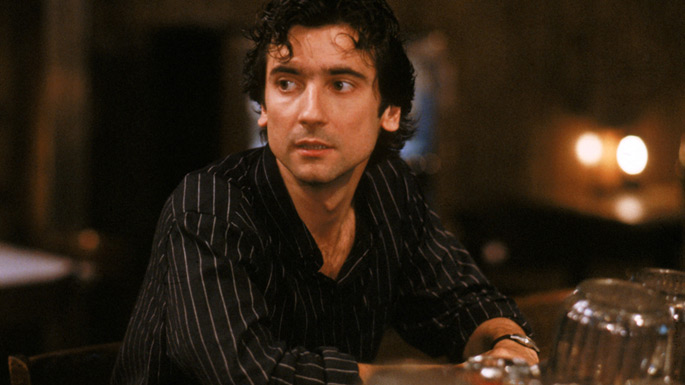
From a newspaper cartoonist (Zodiac), a San Francisco banker (The Game), a Swedish journalist (The Girl with the Dragon Tattoo) or a New York bar owner (Gone Girl), if there’s a common denominator between David Fincher’s lore of protagonists, is the fact that for the most part they’re the epitome of the Average Joe; naive bystanders that unwittingly find themselves embroiled in a series of dangerous events.
After Hours follows Paul Hackett, an ordinary word processor who agrees to visit a girl in Soho, a simple choice that seems uncomplicated enough but which in turn, sends him into a downward spiral where he seems unable to catch a break. You can take After Hours as a dark comedy or an existential drama (regardless, it’s a treat to watch). But at the heart of it, there’s NYC.
Martin Scorsese once again puts to use his personal favorite playground, a wild urban jungle that holds as much gravity as any of the film’s characters, exploring the frenzy, dark side of the city that never sleeps in an eventful (and often hilarious) rollercoaster of a night.
10. Thief (1981)
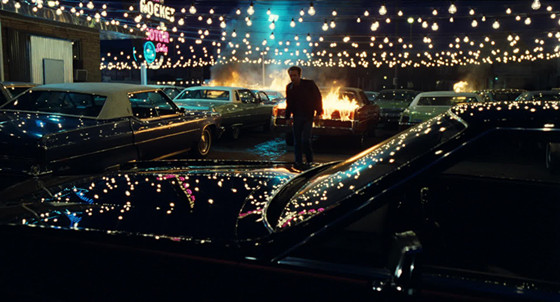
We cap off this list with yet another Michael Mann thriller. Those acquainted with him will surely understand why a guy like David Fincher would look up to his work, but for those still wondering what’s up with this specific director, we’ll make our best to fill you in.
As is the case with Fincher, if you put on a Michael Mann’s movie, you’re bound to get your bucks worth. Because if there’s something about Mann is that he’ll always put in the work and deliver when it comes to the little details. From the camerawork and composition to the realism and lightning, he isn’t one to half-ass the job.
Thief is a textbook example of his strengths, a stylized neo-noir radiating with coolness, full of neon-lit streets, leather jackets and flashy Cadillacs. The movie puts us in the shoes of Frank, a weary safecracker looking for one big final score before calling it quits and riding off into the sunset, something that obviously proves to be easier said than done.